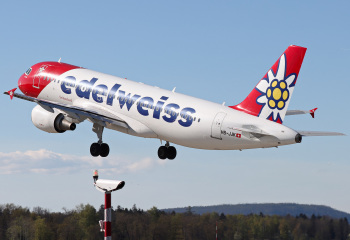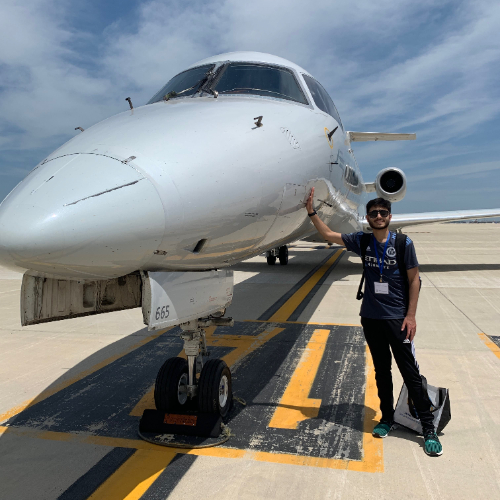Mobile devices have played a pivotal role in facilitating air travel, particularly for pilots who can utilize devices like iPads for navigation. However, the main navigational guide for pilots occasionally malfunctions, making the flight harder to operate. A tablet failure nearly caused a catastrophic air incident in Switzerland, jeopardizing the lives of over 200 people.

Close Call
On August 25, 2016, Edelweiss Air Flight WK3 was preparing to land at Zürich Airport in Switzerland (ZRH), concluding a flight from Las Vegas, Nevada (LAS). The aircraft was a five-month-old Airbus A330-300 registered HB-JHR with 206 people onboard.
Flight 3 was cleared for the Runway 14 approach at Zürich Airport. It remained in contact with the Approach West (APW) division of Zürich's approach control center. Around the same time, a Scheibe SF25 motor glider registered D-KOWC was en route to Biberach, Germany, cruising 6,300 feet (1,920 meters) above mean sea level.
The glider soon suffered a tripped generator fuse, prompting the pilot to switch off the aircraft's transponder to keep the power consumption as low as possible. An aircraft's transponder gives air traffic control information about its location and, in most cases, its altitude.
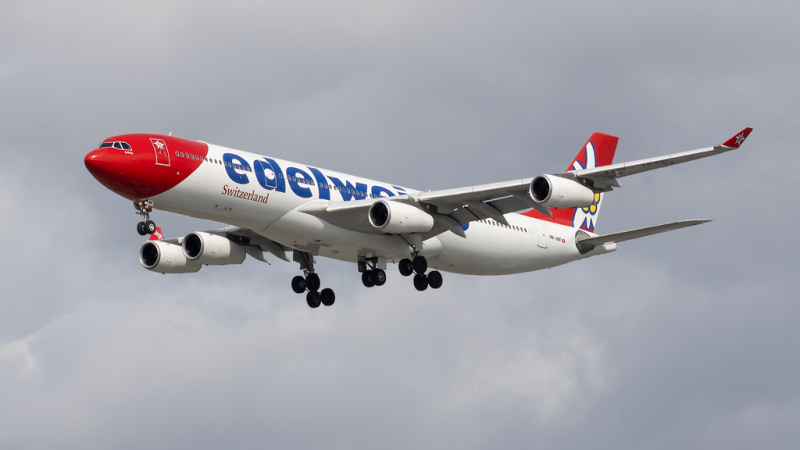
Therefore, switching the SF25's transponder off made it virtually invisible to air traffic controllers. To make things worse, the navigational tablet used by the pilot of the SF25 also failed, leaving the pilot with just the aeronautical paper chart for navigational aid.
At the time of this incident, the conditions were hazy. The SF25's pilot, using landmarks as visual aids, was meant to fly towards Lake Constance (Konstanz). Instead, the hazy conditions and inexperienced nature of the individual caused him to mistake Lake Zürich for Lake Constance. After mistakenly identifying Lake Zürich, the SF25 began flying in a southeasterly direction.
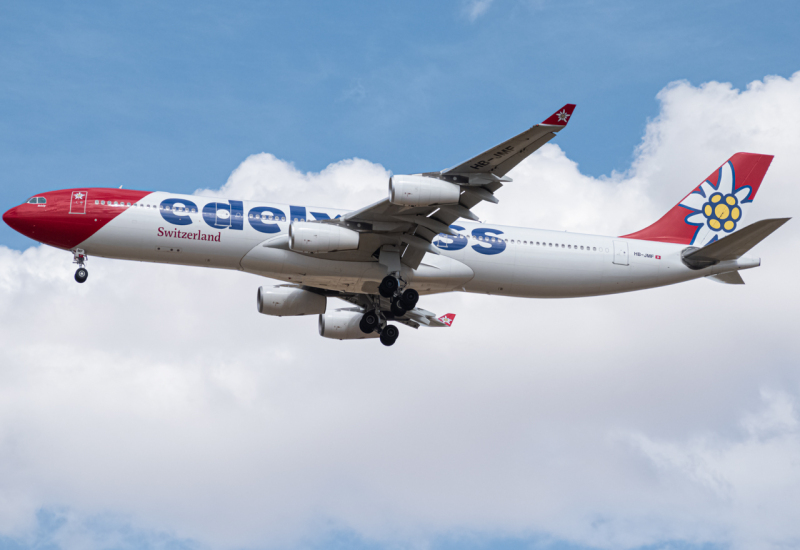
Not long after, the controller at Zürich's Approach West division noticed an echo on his radar display. This echo was only occasionally visible, but the controller still notified the pilots of Edelweiss Flight 3 with traffic information. One minute later, the A330's pilots confirmed their visual contact with the motor glider. The two aircraft were so close that the Edelweiss pilots identified the plane as a motor glider and even captured pictures showing how close the two planes were.
This close encounter occurred about 13 nautical miles (24 kilometers) northwest of Zürich Airport at roughly 5,000 feet (1,524 meters). Both aircraft kept a horizontal distance of approximately 948 feet (300 meters). The visibility was good at this time. As such, the Edelweiss flight could continue its approach to Runway 14. No evasive maneuvers were made, and the A330 landed safely about five minutes later.
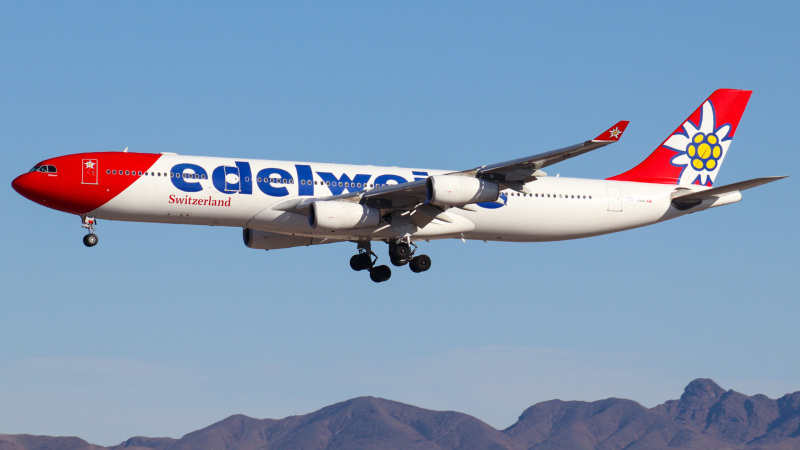
The Cause
Switzerland's Swiss Transportation Safety Board (STSB) investigated this near-miss incident and found that the SF25's pilot made a navigational error. This caused the motor glider, during its cruise stage in flight, to fly into the approach path of the A330.
Furthermore, the glider pilot made an error in not establishing a connection with air traffic control with a deactivated transponder. It was later found that the pilot had low flight experience. This contributed to his unfamiliarity with the area, confusing Lake Zürich for Lake Constance. The glider continued its flight following the near-miss and landed safely in Biberach about an hour later.
Comments (2)
 anon
I wonder could this article be any more misleading if you tried?
anon
I wonder could this article be any more misleading if you tried?
 Pete P.
Why do you think it is misleading? Do you believe a motor glider running into an A330 on approach to land can't end fatally for the A330?
Pete P.
Why do you think it is misleading? Do you believe a motor glider running into an A330 on approach to land can't end fatally for the A330?
Add Your Comment
SHARE
TAGS
STORIES Edelweiss Switzerland Zürich Airbus A330 Incident Safety Technology Near-Miss Close CallRECENTLY PUBLISHED
 Learjet Owned By Vince Neil Crashes Into Gulfstream Jet, 1 Fatality Confirmed
On February 10th, around 14:30 local time, a Learjet private jet aircraft crashed into another private jet after landing at Scottsdale Airport (SCF) in Arizona.
NEWS
READ MORE »
Learjet Owned By Vince Neil Crashes Into Gulfstream Jet, 1 Fatality Confirmed
On February 10th, around 14:30 local time, a Learjet private jet aircraft crashed into another private jet after landing at Scottsdale Airport (SCF) in Arizona.
NEWS
READ MORE »
 Seattle Plane Strike 2025: Japan Airlines and Delta Collision Raises Safety Concerns
Seattle-Tacoma International Airport saw a concerning incident on Wednesday morning when a Japan Airlines (JAL) plane clipped a parked Delta Air Lines jet while taxiing. Thankfully, no one was injured, but passengers described the collision as a frightening experience.
NEWS
READ MORE »
Seattle Plane Strike 2025: Japan Airlines and Delta Collision Raises Safety Concerns
Seattle-Tacoma International Airport saw a concerning incident on Wednesday morning when a Japan Airlines (JAL) plane clipped a parked Delta Air Lines jet while taxiing. Thankfully, no one was injured, but passengers described the collision as a frightening experience.
NEWS
READ MORE »
 Ethiopian Airlines Expands Cargo Fleet with New Boeing 777 Freighter
Ethiopian Airlines has expanded its cargo fleet with a brand-new Boeing 777 Freighter, registered as ET-BAB (MSN 68140). The aircraft was delivered directly from Boeing’s factory in Everett, Washington, USA, and landed at Addis Ababa Bole International Airport at 3:41 PM (GMT+3) on Wednesday, January 22, 2025.
NEWS
READ MORE »
Ethiopian Airlines Expands Cargo Fleet with New Boeing 777 Freighter
Ethiopian Airlines has expanded its cargo fleet with a brand-new Boeing 777 Freighter, registered as ET-BAB (MSN 68140). The aircraft was delivered directly from Boeing’s factory in Everett, Washington, USA, and landed at Addis Ababa Bole International Airport at 3:41 PM (GMT+3) on Wednesday, January 22, 2025.
NEWS
READ MORE »



